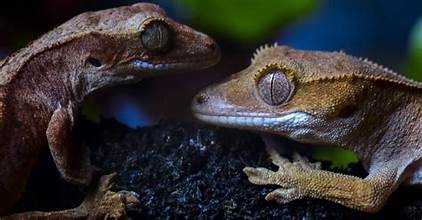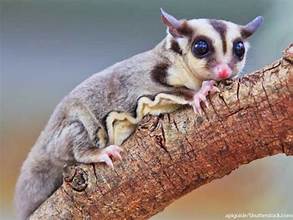Crested geckos have become popular pets with their distinctive crests and docile nature. If you’re considering breeding them, it’s essential to understand the process and responsibilities involved. Here’s a beginner’s guide to crested gecko breeding:
Choosing Breeding Pairs
- Health and Genetics: Ensure both geckos are healthy and genetic defect-free. Consider their size, coloration, and overall condition.
- Age: Most crested geckos are ready to breed at around 18 months, but it’s best to wait until they are fully mature.
- Compatibility: Introduce the male and female slowly to avoid aggression. Observe their interactions to ensure compatibility.
Creating a Breeding Environment
- Enclosure: Provide a spacious enclosure with plenty of hiding spots and climbing opportunities. The ideal humidity level is 60-70%.
- Temperature: Keeping a temperature gradient within the enclosure, with a basking area around 80-85°F and a more relaxed side around 75°F.
- Nest Box: Provide a suitable nest box where the female can lay her eggs. A small plastic container with a slightly damp substrate can work well.
Breeding Process
- Mating: If the female is ready, she will often initiate mating. The male will mount her and copulate.
- Egg Laying: The female typically lays her eggs in the nest box. Expect her to lay clutches of two eggs every few weeks.
- Incubation: Place the eggs in a separate incubator with a temperature of around 75-78°F and a humidity level of around 60-70%. Expect the eggs to hatch in 45-60 days.
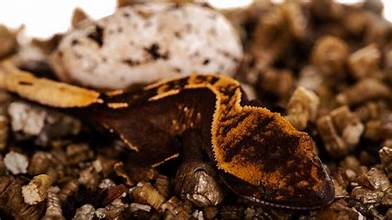
Caring for Hatchlings
- Diet: Feed hatchlings a diet of dusted crickets, dubia roaches, and fruit flies.
- Housing: Provide a small enclosure with a suitable substrate and hiding places.
- Temperature and Humidity: Maintain appropriate humidity and temperature levels similar to those for adults.
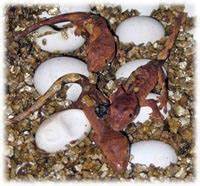
5. Responsible Breeding Practices
- Research: Thoroughly research crested gecko breeding to ensure you understand the commitment and responsibilities involved.
- Ethical Considerations: Prioritize the well-being of your geckos and avoid overbreeding.
- Market Research: If you plan to sell offspring, research the market and ensure you can provide adequate care and find suitable homes for them.
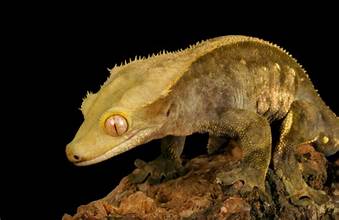
Conclusion
Crested gecko breeding can be a rewarding experience for dedicated reptile keepers. Following these guidelines and providing a suitable environment, you can successfully breed and raise healthy baby geckos.
Remember always to prioritize the well-being of your animals and consult with experienced breeders or veterinarians if you have any questions.
Remember:
Breeding crested geckos is a rewarding experience, but it requires time, patience, and a deep understanding of their needs. By following these guidelines and practicing responsible breeding, you can contribute to the health and preservation of this fascinating species.

